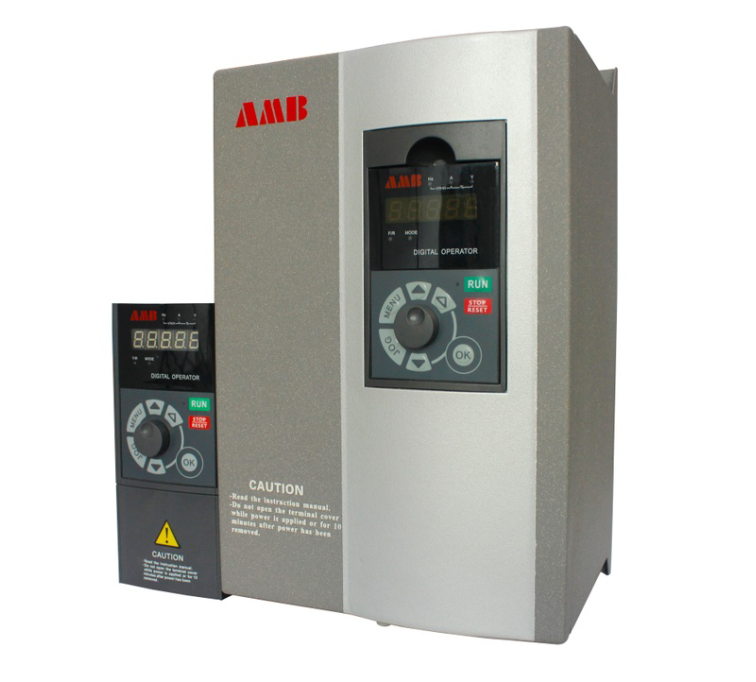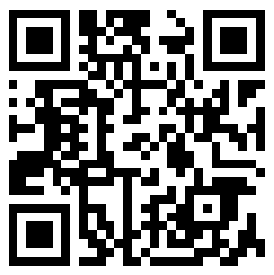
The frequency converter includes a rectifier circuit and an inverter circuit. The input AC power is converted into a DC voltage through a rectifier circuit and a wave circuit, and then the inverter converts the DC voltage into a pulse voltage of different width (called pulse width modulation voltage, PWM) . Use this PWM voltage to drive the motor to adjust the torque and speed of the motor.
This working principle leads to the following three kinds of electromagnetic interference:
1. Harmonic interference:
The rectifier circuit will generate harmonic currents. This harmonic current generates a voltage drop on the impedance of the power supply system, resulting in distortion of the voltage waveform. This distorted voltage causes interference to many electronic devices (because most electronic devices can only work Under sine wave voltage conditions), the common voltage distortion is the flattening of the top of the sine wave. When the harmonic current is constant, the voltage distortion is more serious in the case of a weak power supply. The characteristic of this interference is that it will interfere with equipment using the same power grid, regardless of the distance between the equipment and the inverter;
2. Radio frequency conducted emission interference:
Because the load voltage is pulsed, the current drawn by the inverter from the grid is also pulsed. This pulsed current contains a large amount of high-frequency components that form radio frequency interference. The characteristic of this interference is that it will form equipment that uses the same grid. Interference, regardless of the distance between the device and the inverter;
3. Radio frequency radiation interference:
Radio frequency interference comes from the input cable and output cable of the inverter. In the case of the above-mentioned radio-frequency conducted emission interference, when there is radio-frequency interference current on the input and output cables of the inverter, since the cable is equivalent to an antenna, electromagnetic wave radiation is inevitably generated and radiated interference is generated. The PWM voltage transmitted on the output cable of the inverter also contains rich high-frequency components, which will generate electromagnetic wave radiation and form radiated interference. The characteristic of radiated interference is that when other electronic equipment is close to the inverter, the interference phenomenon becomes serious.
According to the basic principles of electromagnetics, the formation of electromagnetic interference must have three elements: the source of electromagnetic interference, the way of electromagnetic interference, and the system sensitive to electromagnetic interference. To prevent interference, hardware anti-interference and software anti-interference can be used. Among them, hardware anti-interference is the most basic and most important anti-interference measure. Generally, the anti-interference and anti-interference measures are used to suppress interference. The overall principle is to suppress and eliminate interference sources, cut off the coupling channel of interference to the system, and reduce system interference signals. Sensitivity. Specific measures can adopt isolation, filtering, shielding, grounding and other methods in engineering.
1. Make the correct grounding
We can see from the specific investigation on the spot that the grounding situation on the spot is not ideal. The correct grounding can not only effectively suppress the external interference of the system, but also reduce the interference of the device itself to the outside world, and is the most effective measure to solve the interference of the inverter. Specifically, it is to do the following:
(1) The main circuit terminals PE (E, G) of the inverter must be grounded. This ground can be shared with the motor of the inverter, but it cannot be shared with other equipment. It must be grounded separately. The location should be as far away as possible from the grounding point of weak current equipment. At the same time, the cross-sectional area of the grounding conductor of the inverter should be no less than 4mm2, and the length should be controlled within 20m.
(2) In the ground wire of other electromechanical equipment, the protective ground and the working ground should be set separately and the ground electrode should be separately connected to the electrical ground point of the power distribution cabinet. The shielding ground of the control signal and the shielding ground of the main circuit wire should also be set separately and grounded, and finally merged into the electrical grounding point of the power distribution cabinet.
2. Shield interference sources
Shielding interference sources is a very effective method to suppress interference. Usually the inverter itself is shielded with an iron shell to prevent its electromagnetic interference from leaking, but the output line of the inverter is best shielded with steel pipes, especially when the inverter is controlled by an external signal (output 4 ~ 20mA signal from the controller). The control signal line is required to be as short as possible (generally within 20m), and shielded twisted pair must be used, and it is completely separated from the main circuit line (AC380) and control line (AC220V). In addition, the circuit of electronic sensitive equipment in the system also requires the use of shielded twisted pair, especially the pressure signal. And all signal lines in the system must not be placed in the same piping or trunking as the main circuit lines and control lines. For the shield to be effective, the shield must be reliably grounded.
3. Reasonable wiring
specific method:
(1) The power and signal lines of the device should be as far away as possible from the input and output lines of the inverter.
(2) The power lines and signal lines of other equipment should avoid being parallel to the input and output lines of the inverter.
If the above measures still fail to work, then continue with the following measures:
4. Isolation of interference
The so-called interference isolation refers to the isolation of the interference source and the susceptible parts from the circuit so that they do not have electrical contact. Usually an isolation transformer is used on the power line between the power supply and the amplifier circuit such as the controller and the transmitter to avoid conducted interference. The noise isolation transformer can be applied to the power isolation transformer.
5. Set the filter in the system line
The role of the device filter is to suppress the interference signal from the inverter through the power line to conduct interference to the power supply and motor. To reduce electromagnetic noise and loss, an output filter can be set on the output side of the inverter; to reduce interference with the power supply, an input filter can be set on the input side of the inverter. If there are sensitive electronic devices such as controllers and transmitters in the line, a power supply noise filter can be installed on the power line of the device to avoid conducted interference.
6. Use reactor
The lower frequency harmonic components (5th harmonic, 7th harmonic, 11th harmonic, 13th harmonic, etc.) in the input current of the inverter account for a very high proportion, and they may interfere with other than In addition to the normal operation of the equipment, because they consume a lot of reactive power, the power factor of the line is greatly reduced. It is an effective method to suppress lower harmonic currents by stringing reactors in the input circuit.
Therefore, the anti-interference measures of the inverter mainly include the installation of AC reactors and filters in the incoming part of the inverter. The incoming and outgoing lines use shielded cables. The shielding layer of all cables and the reactor, filter, inverter and motor The protective grounds are grounded together, and the ground point is separated from other ground points to maintain a sufficient distance. At the same time, the signal cable and the power cable of the inverter should not be arranged in parallel.
In addition, in order to prevent the inverter from interfering with the signal and the control loop, it is necessary to use a separate isolated power supply for the controller, instrument and industrial computer.

|
|

|
| The public, | Mobile station |
 0755-81719517
0755-81719517
|
|
 0755-81719530 0755-81719530 |
 amb@ambition.com.cn amb@ambition.com.cn |
 Floor 1, 5 and 6, building 7, lijincheng science and technology industrial park, gongye dong road, longhua new district, shenzhen Floor 1, 5 and 6, building 7, lijincheng science and technology industrial park, gongye dong road, longhua new district, shenzhen |
|